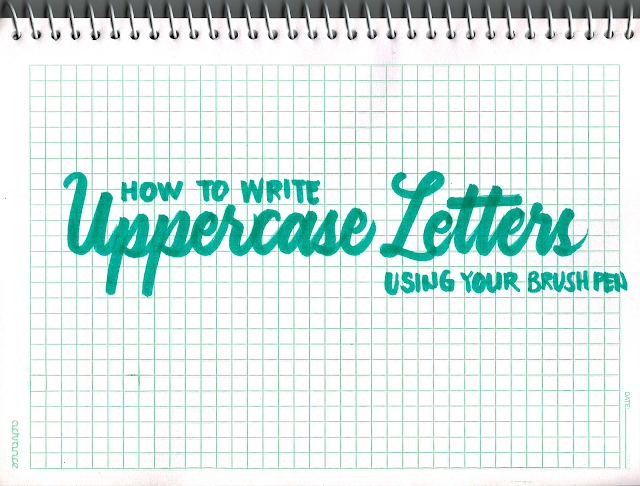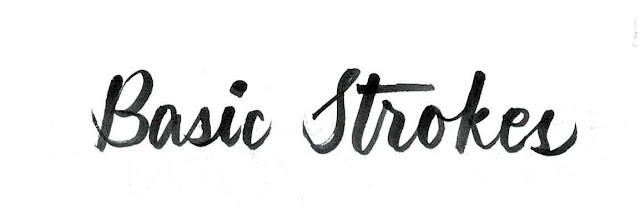Practicing Proper Posture and Penhold
On this lesson, I will be teaching about proper posture and penhold. But, Brian, why do I need to know this?! Can’t I start writing? Is it that important? Yes, it is important. Often neglected, but this best practice contributes to the outcome of your calligraphy. Professionals do it too, why should you not? Before anything else, keep in mind the following best practices on your body position. 1. Feet Flat on the Floor. No cross legs please. 2. Keep you back straight but not too stiff. 3. Relax your shoulders. 4. Lay your forearms on top of your table. 5. Stay close enough to the table. Not too far that you need to lean forward. Or Too near that your shoulder has no space to move. When you find it hard to do No. 1 and No. 4, maybe its time to check the height of the chair and table you are using. Find one that will fit the length of your legs and arms. There are people who are comfortable writing when paper...




